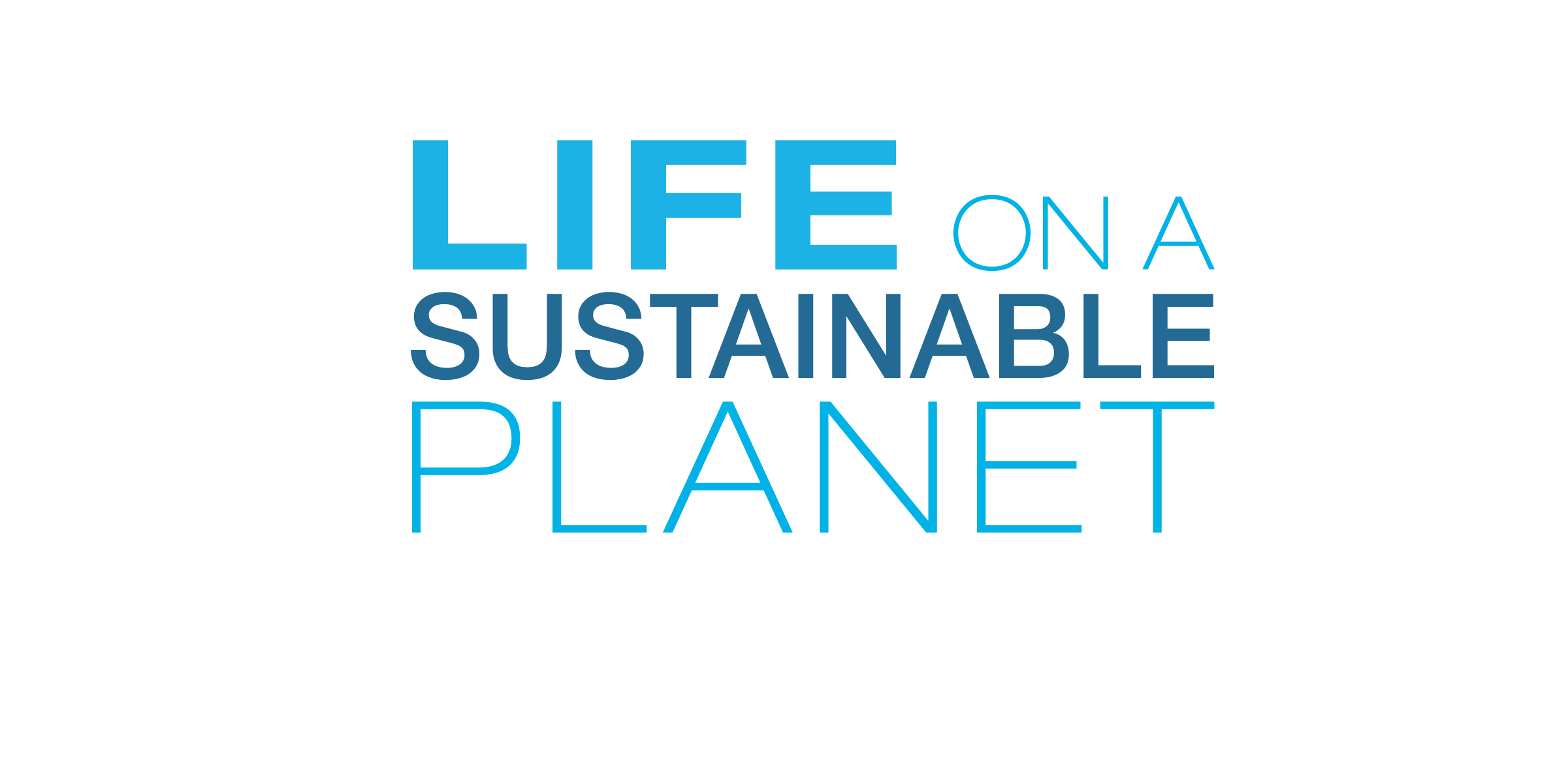How Long Have Sea Cows Thrived in the Arabian Gulf? We Literally Stumbled on a Clue
An overcast stroll on a rocky, oil-stained shoreline is probably not your idea of a day at the beach. It didn’t bother us. We were wandering up and down Qatar’s coast to find the bones of recently dead marine mammals.
:focal(3296x2197:3297x2198)/https://tf-cmsv2-smithsonianmag-media.s3.amazonaws.com/filer_public/35/95/3595a4b9-380b-4f65-82b0-68ae1551c1c7/pyensonfieseler_qatar2018-01032.jpg)
The two of us were in Qatar with our colleague Christopher Marshall, a marine biology professor from Texas A&M University and Smithsonian research associate, who knew these shorelines better than we did from many field seasons surveying local dugongs. Hundreds of these plant-eating sea cows congregate in this part of the Gulf. Precious little is understood about how and why. Dugongs use their mouths and tusks to dig and snip at seagrass roots; we were hoping to find any part of the skull or skeleton washed up on the shore to know more about the animal's age, health, and even diet. A single bone could tell us something valuable about the diversity of marine mammals living in the Gulf.
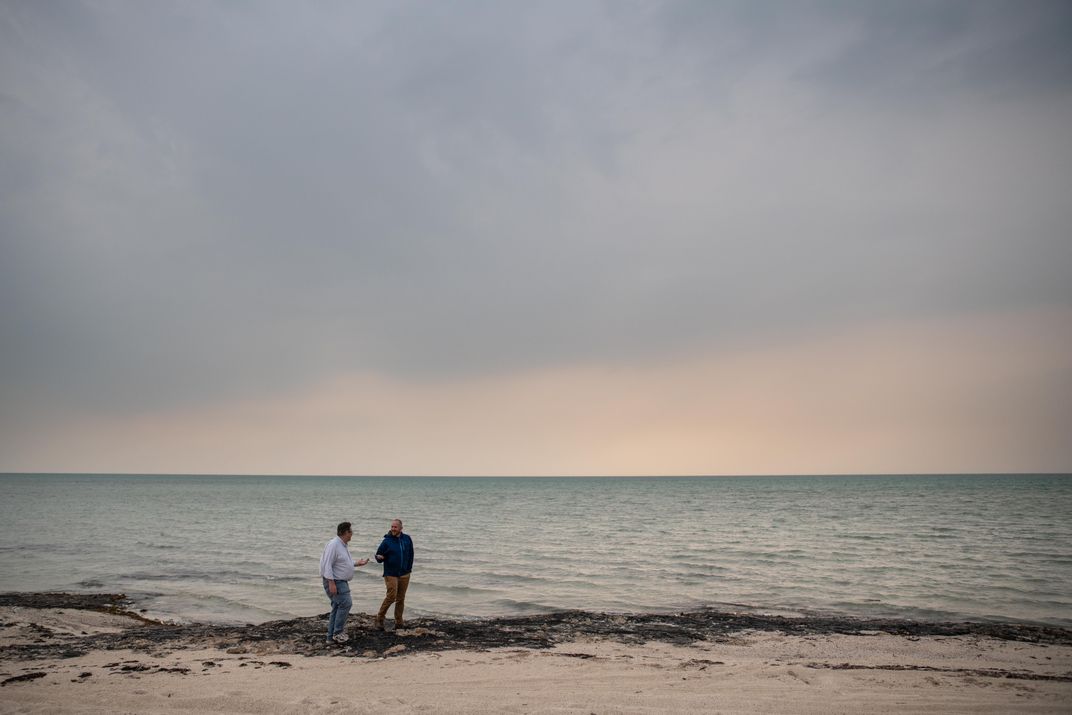
The oil stains across the shore were hardened globs of tar, a reminder of the tolls from the first Gulf War. Along this coastline, facing the shores of Iran unseen in the far distance, we walked along a narrow ledge of limestone, between white sand and aquamarine waves, doing what beachcombing scientists do: talk, take in the scenery, and scan the foreground for something interesting.
A surprise discovery made in the world away from our desks can still be a spark. Sometimes all it takes is an open mind and a stumbling step.
Plink, plunk! We heard it before we saw it: one of us had kicked something no longer than a pencil and no thicker than a banana. It skittered a few feet and stopped. There was nothing ostentatious about it. But, to a trained eye, it was a shaft of a bone with just the right bend, weft, and heft to be the dense rib of a sea cow.
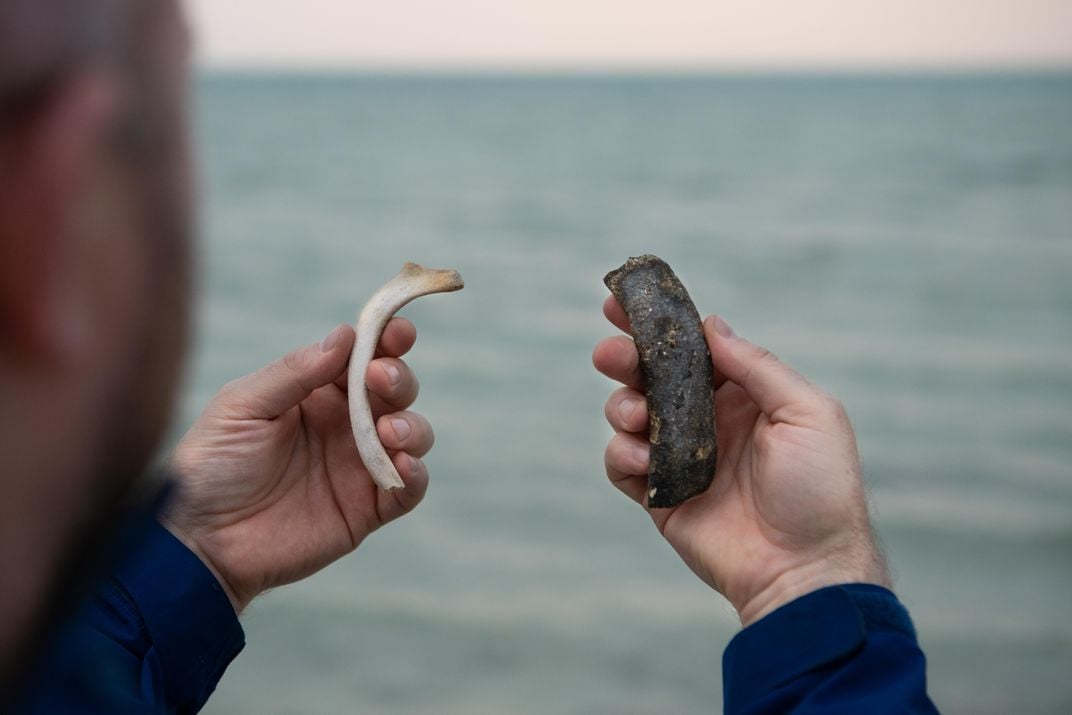
That was a welcome find, but more interesting was that it passed the lick test: your tongue will stick to the pores of modern bone but slide along the surface of a fossil. Our first reaction: this was not a sea cow that had just washed up, but one that had been turned to stone. A fossil sea cow? What species? And how old? The few clues in hand raised so many more questions.
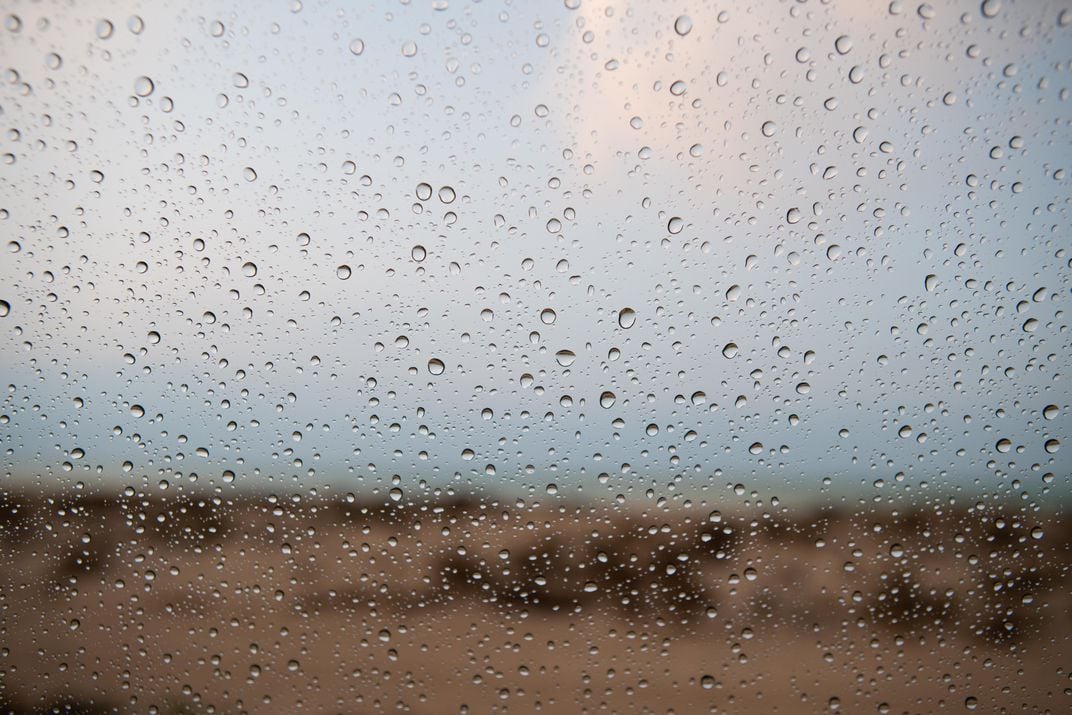
We took notes, photographed the fossil, and shared the findings with our colleagues back in Doha, who later cataloged the bone for the collections at the National Museum of Qatar. That’s the first step in a longer process of reporting in science; it continues today by comparing what we found with ribs from other modern and fossil species in the collections at the Smithsonian Institution. Meanwhile, we figured out that the limestone that pedestaled the rib (before we stumbled on it) is at least 125,000 years old – a sea cow from the Ice Ages! That tells us that some parts of the Gulf must have been wet at that time, despite sea-level changes that might have dried up the Gulf many times over. We hope to share more, but science takes time.
No single research group, network, or country can answer these questions alone.
You would be surprised how little we know about most marine mammals. Many parts of the world, including the Arabian Gulf, lack dedicated searching and reporting. Scientists in Qatar and the Gulf region have a unique setting for their work: the extreme heat of the summer (which is only getting hotter) makes parts of the Gulf hypersaline while tight security around oil and gas platforms makes the surrounding waters de facto protected areas. Against this backdrop, the lives of marine mammals and other ocean giants of the Gulf, such as whale sharks, remain shrouded in mystery. How many are there? Where do they go? And what will happen to them as climate change alters their future (and ours)?
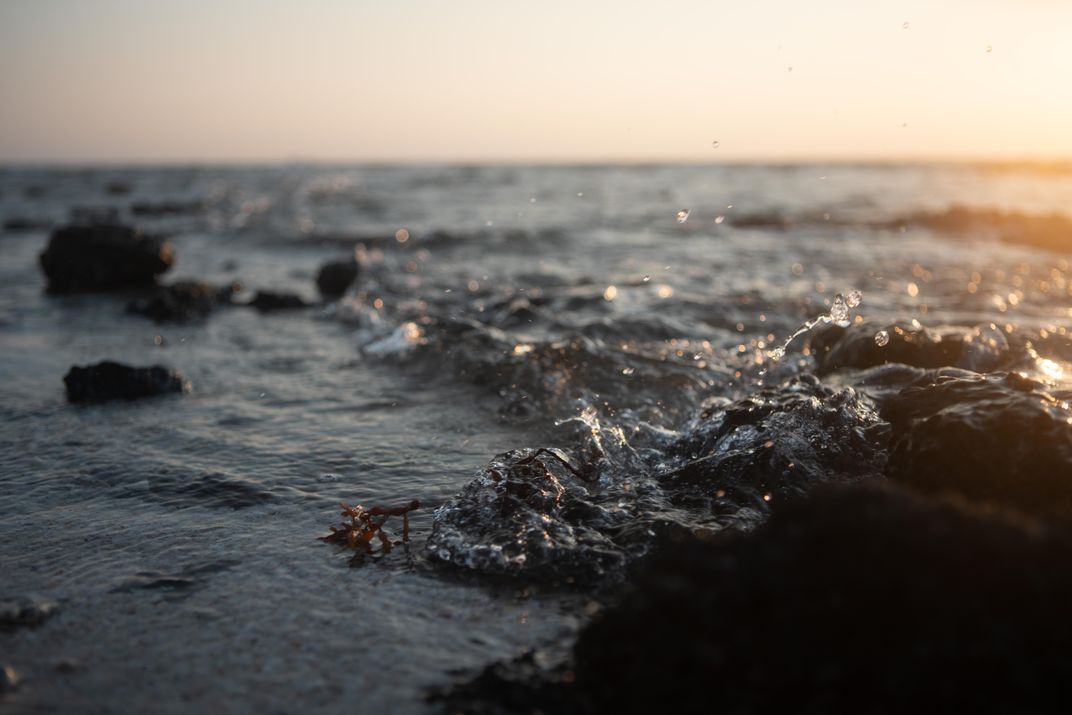
No single research group, network, or country can answer these questions alone. Communication and coordination across borders are critical parts for the conservation of global biodiversity. That’s why we look forward to hosting a summit about how we can best share data and knowledge about marine life in the Gulf. Next week, with support from the Smithsonian’s National Museum of Natural History and Conservation Commons, we’re convening experts from science, government, and industry to discuss what works and make sure that the ocean biodiversity information about the Arabian Gulf is accessible and usable to those inside and outside of science.
The transboundary collaborations in science are as useful in dialogue as they are in practice. We went looking for the bones of recently dead marine mammals but instead found something surprising: a bone from a very long dead sea cow, one that might even belong to an extinct species.
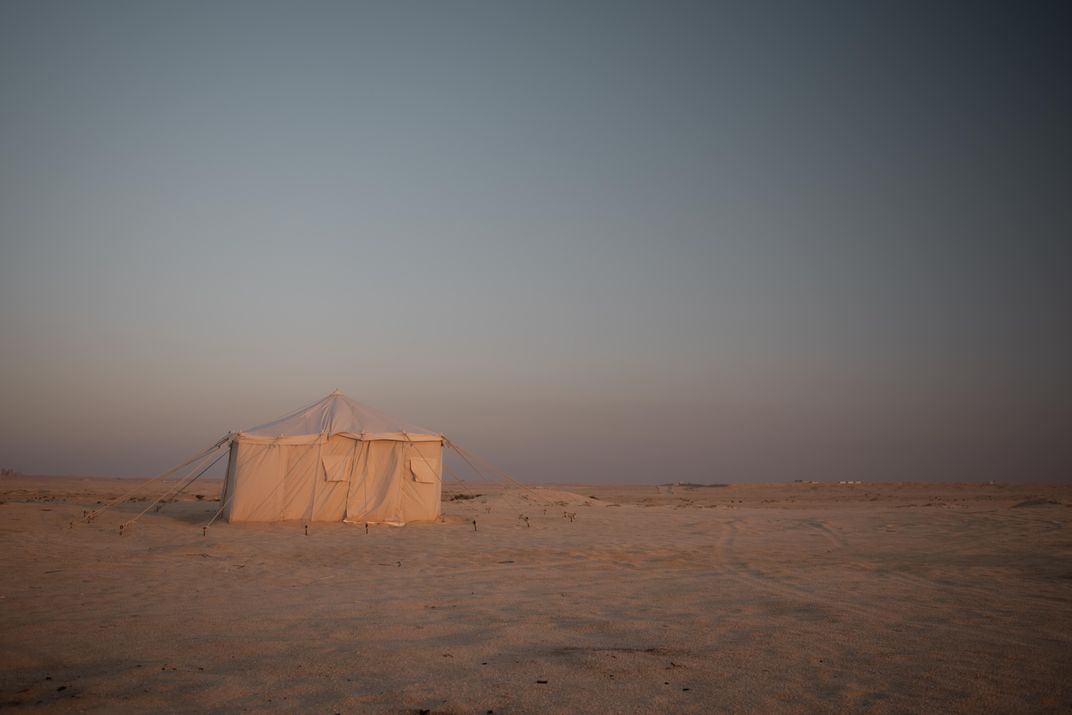
Figuring out the significance of that single bone involves time-intensive work across borders with our Qatari colleagues and tying together fieldnotes, catalog numbers, geologic history, and basic anatomy. Our best guess at the moment? We think that sea cows have thrived in the extremely variable Arabian Gulf for much longer than previously suspected – maybe for millions of years. And, in turn, sea cows living in the Gulf today might be more resilient to change than previously thought. Unlocking that knowledge will involve yet more desk work: building big data sets, opening up data networks, and virtually building teams across borders and timezones. That orchestration is how most scientific discovery happens today, in any discipline.
A surprise discovery made in the world away from our desks can still be a spark. Sometimes all it takes is an open mind and a stumbling step.
